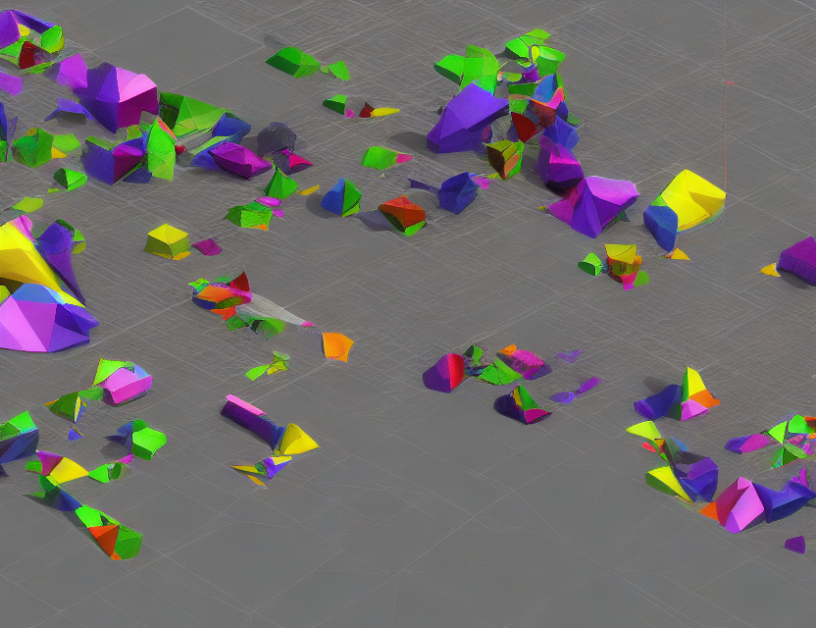Image manipulation has been a topic of interest for some time now, but most existing methods lack the semantic information required to make meaningful changes. Asyrp is a novel approach that addresses this issue by utilizing a deepest bottleneck of the UNet as a local semantic latent space (h-space) to accommodate semantic image manipulation.
The authors propose an overall framework for semantic image manipulation, which consists of three main stages: text-guided diffusion models, iterative editing procedure, and normalization techniques. The first stage involves using text-guided diffusion models to generate high-level context during the editing interval [5]. The second stage entails employing an iterative editing procedure called geodesic shooting to prevent the edited sample from escaping from the real data manifold, while also incorporating normalization techniques to mitigate distortion caused by editing.
To better understand this concept, let’s consider an analogy. Imagine you have a recipe book with multiple recipes, each representing a different image manipulation technique. The book is organized in such a way that the recipes are clustered together based on their semantic meaning, much like how images are organized in a neural network. By using this book, you can easily find the right recipe (image manipulation technique) that best suits your needs, rather than searching through a long list of unrelated techniques.
In summary, Asyrp is a novel approach to semantic image manipulation that utilizes a deepest bottleneck of the UNet as a local semantic latent space (h-space) to accommodate meaningful changes. The proposed framework consists of three stages: text-guided diffusion models, iterative editing procedure, and normalization techniques. This approach has the potential to revolutionize image manipulation by providing a more semantic-aware method for making meaningful changes to images.
Computer Science, Computer Vision and Pattern Recognition
Unlocking Latent Spaces for Robust Image Manipulation



